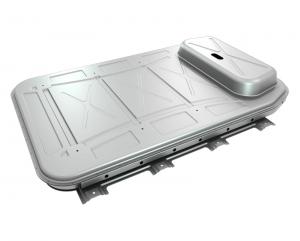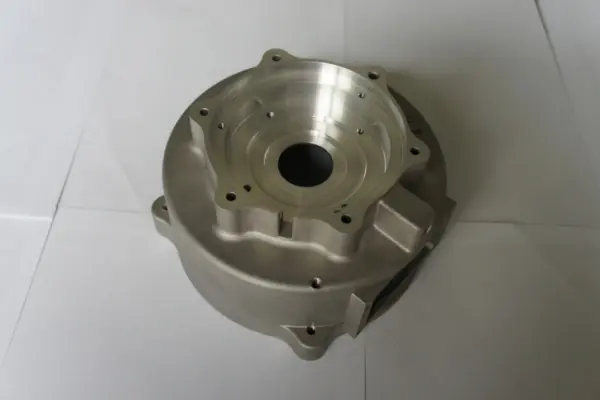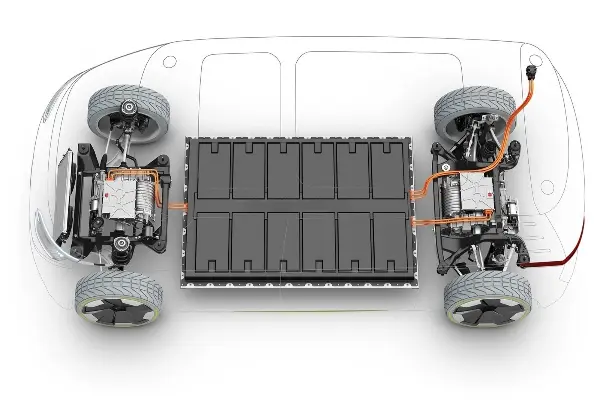

The structure of die casting mold and plastic mold is the same. It should say that if you can make plastic molds, you should be able to make die casting molds. The main difference between the two is the sprue bush for feed inlet. The gate bushing of the plastic mold is a slender and tapered entrance with a small diameter. Although the feed port of the die-casting mold is relatively large, the diameter of the taper feed port of the center feed is larger than the diameter of the plastic mold. There is also a feed port, which is a straights circular sleeve with a diameter of 30 to 40 mm, which is a structure that plastic molds do not have.
1. The injection pressure of the die casting mold is relatively large, so the template is required to be thick to prevent deformation.
2. The sprue of the die casting mold is different from that of the injection mold, and it is required to equip a sprue spreader to relieve the high pressure of the material flow.
3. The die core of the die casting mold does not need to quench, because the temperature in the cavity during die casting exceeds 700℃. So every time it is formed, it is equivalent to being quenched once. The cavity will become harder and harder. Ordinary injection molds must be quench to HRC52 or higher.
4. The general cavity of the die-cast tooling should be nitrided to prevent the alloy from sticking to the cavity.
5.The corrosion of die casting mold is relatively serious, and the outer surface is generally blue.
6. Compared with the injection mold, the gap of the movable part of the die casting mold is larger because the high temperature of the die casting process will cause thermal expansion. If the gap is too small, it will cause the mold to jam.
7. The matching requirements of the die joint of the die casting mold are higher because the fluidity of the alloy is much better than that of the plastic.
8. Injection molds can generally be vented by the thimble, die joint, etc., while die casting molds must have venting grooves and slag collecting bags (collecting cold material heads);
9. The molding is inconsistent: The injection speed of the die casting mold is fast with one section of the injection pressure. Plastic molds are usually injected in several sections to maintain pressure.
10. Die casting molds are two-plate molds that open at one time. Different plastic molds have different product structures. The number and sequence of mold openings match the mold structure.


